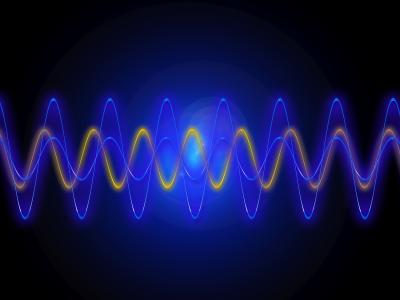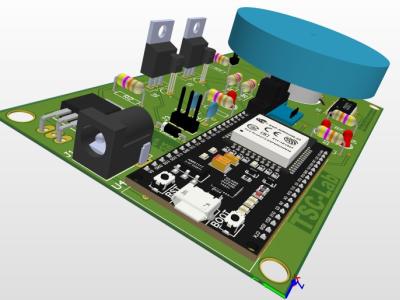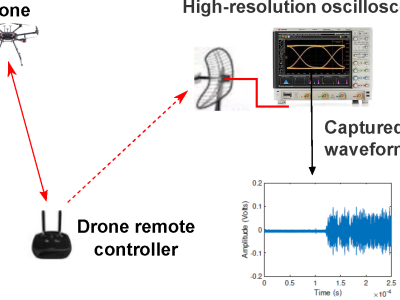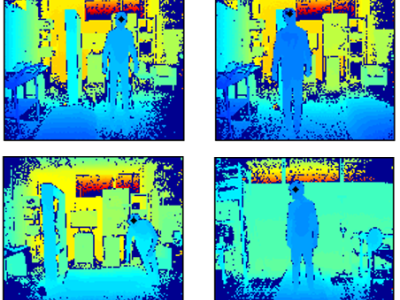Optical Time-Domain Reflectometry Traces for Temperature Alarm Measurements

- Citation Author(s):
-
Yuting Yang
- Submitted by:
- Yuting Yang
- Last updated:
- DOI:
- 10.21227/mqgb-n944
- Data Format:
 61 views
61 views
- Categories:
- Keywords:
Abstract
This paper proposes and experimentally validates a distributed temperature alarm system based on carbon dioxide (CO2)-filled side air-holes fiber (SAHF), interrogated through a conventional (incoherent) optical time-domain reflectometer (OTDR). Customizable alarm threshold temperatures can be designed and set by adjusting the pressure of the CO2 filling the air-hole region, which in turn determines a threshold temperature under which CO2 liquefies. The observed slopes of the backscattered Rayleigh intensity trace as a function of the position along the fiber serve as indicators of the CO2 states, allowing the identification of both gaseous and liquid phases through variations in the optical attenuation. Utilizing a comparative analysis of curve slopes, the proposed method enables the distributed identification and localization for both cold and hot spots along the fiber. The spatial resolution and the required loss accuracy are subject to the classical tradeoff inherent to OTDR interrogation. In this study, two interrogation wavelengths (namely, 1310 nm and 1550 nm) are exploited. Results point out that the selection of the operating wavelength gives rise to optical attenuation factors with distinct contrasts along the OTDR traces, allowing the optimization of the system to meet specific measurement objectives. In particular, the use of an optical source at 1550 nm demonstrates superior measurement accuracy within short fiber lengths, revealing a higher loss contrast between gas and liquid phases. Conversely, a 1310 nm light source is deemed more suitable for long-distance monitoring due to the lower optical loss in cold spots (CO2 in liquid phase), providing relevant measurements over extended cooled fiber sections.
Instructions:
The data can be directly read through optical time domain reflectometry sorfwares with both intensity (y axis) and time domain (x axis) information.








